The facts prior to its creation
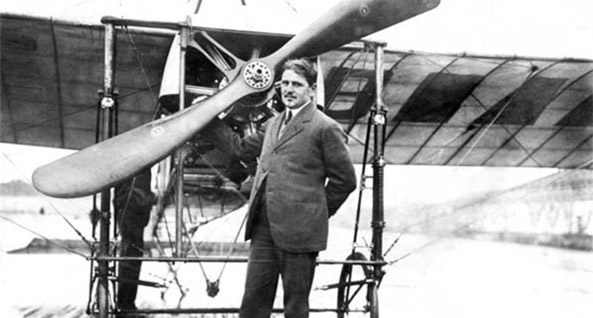
Image : Louis Bleriot in front of the Blériot XI (source blog ipsa)
L’histoire de l’ONERA s’inscrit dans l’histoire mondiale de l’aviation. Pour mieux la situer, remontons le temps….
Between 1900 and 1914, aviation developed very rapidly...
As far back as 1901, the Wright brothers used a wind tunnel to design their first powered airplane, the Flyer I, which performed four short flights on December 17th, 1903, at Kitty Hawk. On November 12th, 1906, Santos-Dumont established three official records, for speed, distance and time, aboard his Santos-Dumont 14bis. Louis Blériot crossed the English Channel on July 25th, 1909. The same year, Gustave Eiffel built his first wind tunnel, the Auteuil wind tunnel.
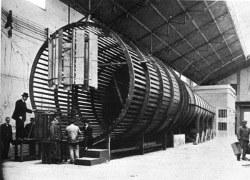
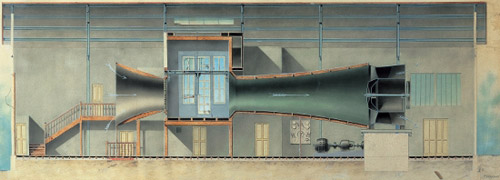
Eiffel wind tunnel and its operating principle - Auteuil
Anticipating and imagining the future needs of aeronautics, Colonel Jean-Baptiste Roche created in 1909 the top aerospace École Supérieure d'Aéronautique et de Constructions Mécaniques, which would later become Supaéro in 1930. Among others, Henri Potez and Marcel Bloch, alias Marcel Dassault, graduated from it. WWI transformed artisanal aircraft production into a real industry. With its advanced technology and its production capacity, France came to be considered as the first world power in this field. Aircraft became essential to control the air, to ensure the success of land operations.

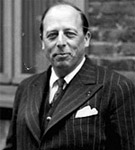
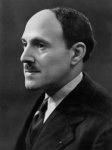 From left to righ:
From left to righ:
Colonel Jean-Baptiste Roche, founder of the École Supérieure d'Aéronautique, Henry Potez and Marcel Bloch alias Dassault, graduated from Supaéro in 1911, designers of the Eclair propeller, equipping the Caudron G3, produced by the company Éponyme, of which they would become the technical directors. And this was just the beginning…
After WWI, military aviation became air transport
Between the two wars, military aircraft were transformed into transport aircraft, for passengers and mail. These were the times of the first airlines and the famous Aéropostale. However, due to insufficient investment in scientific and technological research, and despite significant activity, France gradually lost its supremacy in the development of aeronautics.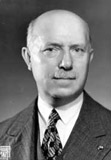 Albert Caquot, technical and industrial director of the first Air Ministry from 1928 to 1934, tried to stop this decline. He created a research department at the Ministry, stimulated aeronautics research in universities and founded the fluid mechanics institutes, including the IMFL in Lille in 1930, which would later join ONERA. He launched the study of many military aircraft prototypes and developed supercharged engines and air weapons. He also organized the mass production of aircraft and flight tests.
Albert Caquot, technical and industrial director of the first Air Ministry from 1928 to 1934, tried to stop this decline. He created a research department at the Ministry, stimulated aeronautics research in universities and founded the fluid mechanics institutes, including the IMFL in Lille in 1930, which would later join ONERA. He launched the study of many military aircraft prototypes and developed supercharged engines and air weapons. He also organized the mass production of aircraft and flight tests.
Again requested by the Council President Edouard Daladier, after the Munich conference in 1938, Albert Caquot created and directed the French Association for the Development of Aeronautical Research (Groupement Français pour le Développement des Recherches Aéronautiques), which gathers all of the national aircraft manufacturing companies. Despite these efforts and the first results obtained less than a year later, France was unable to compete with Germany where, since 1935, 13 aeronautics research institutes were founded, including 4 dedicated to the study of engines and fuels.
The gap became even wider with WWII, despite a strong scientific potential and innovative results in physics, mathematics, aerodynamics and thermodynamics. The theory of turbo propulsion written by M. Roy in 1928 and the invention of the turbojet in 1930 can be mentioned.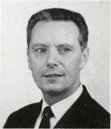 It was also between 1937 and 1942, that Marcel Pierre (SNCASO) in France, and then Dr. Peters in Germany, had the idea of driving a wind tunnel directly using Pelton water turbines.
It was also between 1937 and 1942, that Marcel Pierre (SNCASO) in France, and then Dr. Peters in Germany, had the idea of driving a wind tunnel directly using Pelton water turbines.
Between 1939 and 1945, the relentless race towards innovation among belligerents brought considerable progress in the aviation sector. Occupied France was unable to keep up, despite the more or less clandestine pursuit of some research, especially on engines.
Photo credits:
- ONERA for the biography of M. Pierre
References:
- Nouvelles de l'ONERA (ONERA News) No. 7, June 1966, notes and recollections of the founding of ONERA, by Jean Dubois
- 50 ans de recherches aéronautiques et spatiales (50 years of aerospace research), © ONERA - Paris, 1997.
- Histoire de l'Aviation pour les Nuls (History of Aviation for Dummies), Philippe Benhamou, First Editions, 2010.
- Comaero, un demi-siècle d'aéronautique en France (Comaero, half a century of aeronautics in France), Studies and Research (I) the CHEAr notebooks, Chapter 1, Pages 13-14




